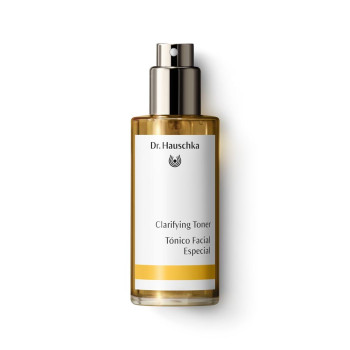
Pale-purple coneflower
Synonyms: Pale coneflower, pale-flowered echinacea
Scientific Name: Echinacea pallida
Family: Daisy family (Asteraceae)
Habitat
The pale-purple coneflower is a native of North America where it is found on the dry prairies of the southern states from Alabama to Texas. It is also found in the sparse deciduous forests of the central and eastern states of the USA.
Constituents
Echinacin, essential oil, resins, bitter substances, phytosterols, inulin, polysaccharides and the bacteriostatic echinacoside.
Description
The native American pale-purple coneflower blooms from June to September, transforming our gardens into a pink and purple sea of blossom throughout almost the entire summer. In Europe it is cultivated mainly as an ornamental plant and can grow to a height of up to one meter (three feet). At the top of the stem is a single large flowerhead which is quite impressive. The polarity between the brownish-orange tubular disc flowers and the pinkish-purple ray flowers is one of the main features of its unconventional beauty. In full bloom, the 15 to 20 drooping ligulate ray flowers surround the conically arched seed head like the brim of a hat. Another outstanding feature of the pale-purple coneflower is its astonishing pattern of scent production. When it begins to flower and the tongues of the ray flowers are pointed upwards, the flower has practically no scent. In full bloom, the tongues are bent back and droop rather limply. Now the flower exudes a fine honey-like fragrance which attracts bees, butterflies and other insects. As soon as the disc flowers have been pollinated by the busy helpers the perfume takes on a vanilla-like aroma. On windy days in particular, the large, almost walnut-sized flowerhead needs the full strength of the slender, hairy stem. The lance-shaped leaves of the coneflower are also rough and hairy. In North America the tap-rooted plant, which extends its root deep into the earth, grows particularly on the dry chalky soil of the prairies and on sandbanks. In Europe the pale-purple coneflower is successfully cultivated on almost all garden soils.
Interesting Facts
The scientific name of the pale-purple coneflower comes from the Greek echinos = hedgehog, and appropriately describes the spiny appearance of the flowerhead. At the end of the 19th century, white settlers in North America discovered the importance of the pale-purple coneflower, which had long been used by the indigene people. The homeopath Dr. Meyer watched an indigene woman crush an echinacea plant between stones. She also showed him how he could use the fresh plant pulp for injuries. Around 1870 he put the world's first echinacea preparation on the market in the mid-western USA under the name Meyer's Blood Purifier. Initially he did not even know the name of the plant which was so successful in the treatment of numerous complaints. He later had it identified by Lloyd Brothers in Cincinnati, the largest suppliers of herbal preparations in North America at the time. At the end of the 19th and the beginning of the 20th century there was such a boom in the sale of echinacea that it became the most frequently sold herbal in the US.
The plant from another perspective
With its numerous essential oils, the entire echinacea plant is permeated with warming substances and can act as an antibiotic. Even the echinacea root contains a large quantity of essential oil. This can be seen from the numerous gray secretory canals of the rootstock. With its tap root, the echinacea draws its strength from the terrestrial forces and is at the same time formed by the warming aerial element. With its pronounced relationship to the warmth element it is a plant which is seen as a marked relationship to the human ego organization and thought able to strengthen and stimulate it. Strengthening the ego activity is necessary in persons with a tendency towards unhealthy inflammatory processes. The flower grows openly like a vegetative organ and is not enveloped in a closed, protective bud. With the growth of the stem it is slowly lifted more and more towards the aerial. The stem is pulled down by the weight of the massive flowerhead, fights against it, seems to strive towards the vertical and straightens itself up again and again. This gives us the picture of a winding, climbing stem bending back and forth. The almost wiry stem formation and the aspiring towards a labile vertical position are reflected in the character of this plant with its striking drive towards the vertical. Echinacea, with its remarkably controlled vegetative power, is always close to the border of solidification in woody permanent organs. These stimulate greater activity of the forming, ordering, and gestalt-giving powers of the human being.
The plant in our products
Echinacea is contained in:

